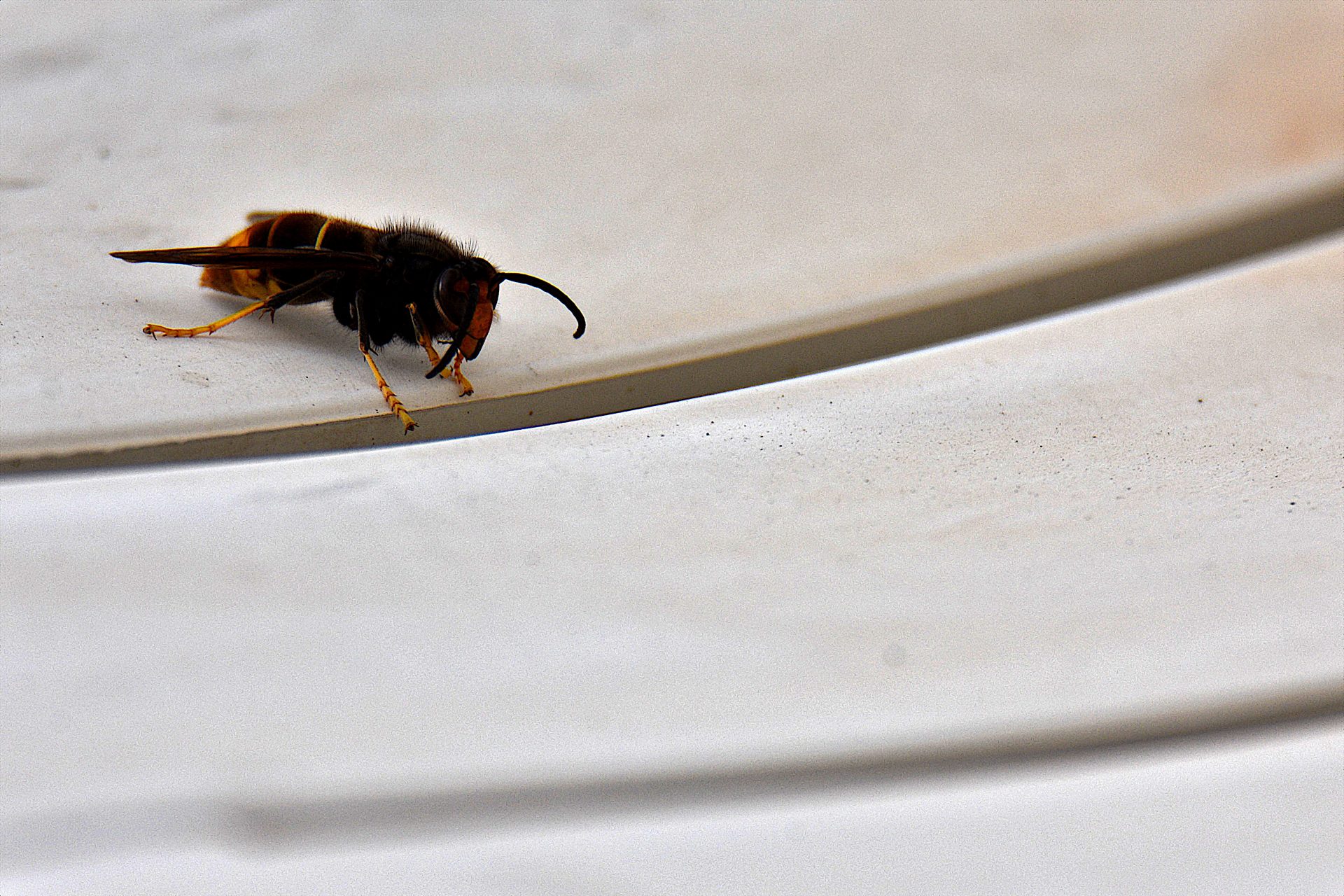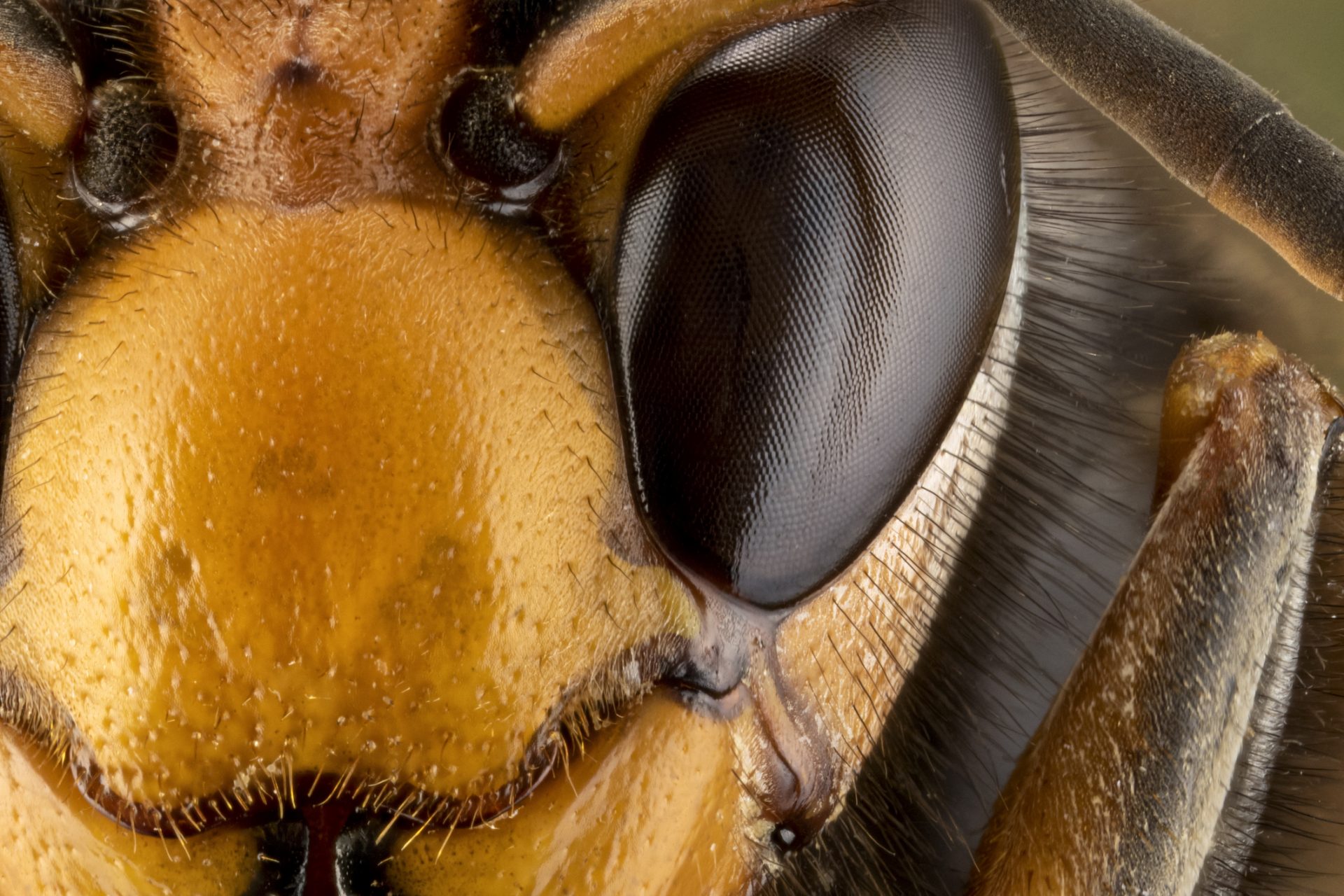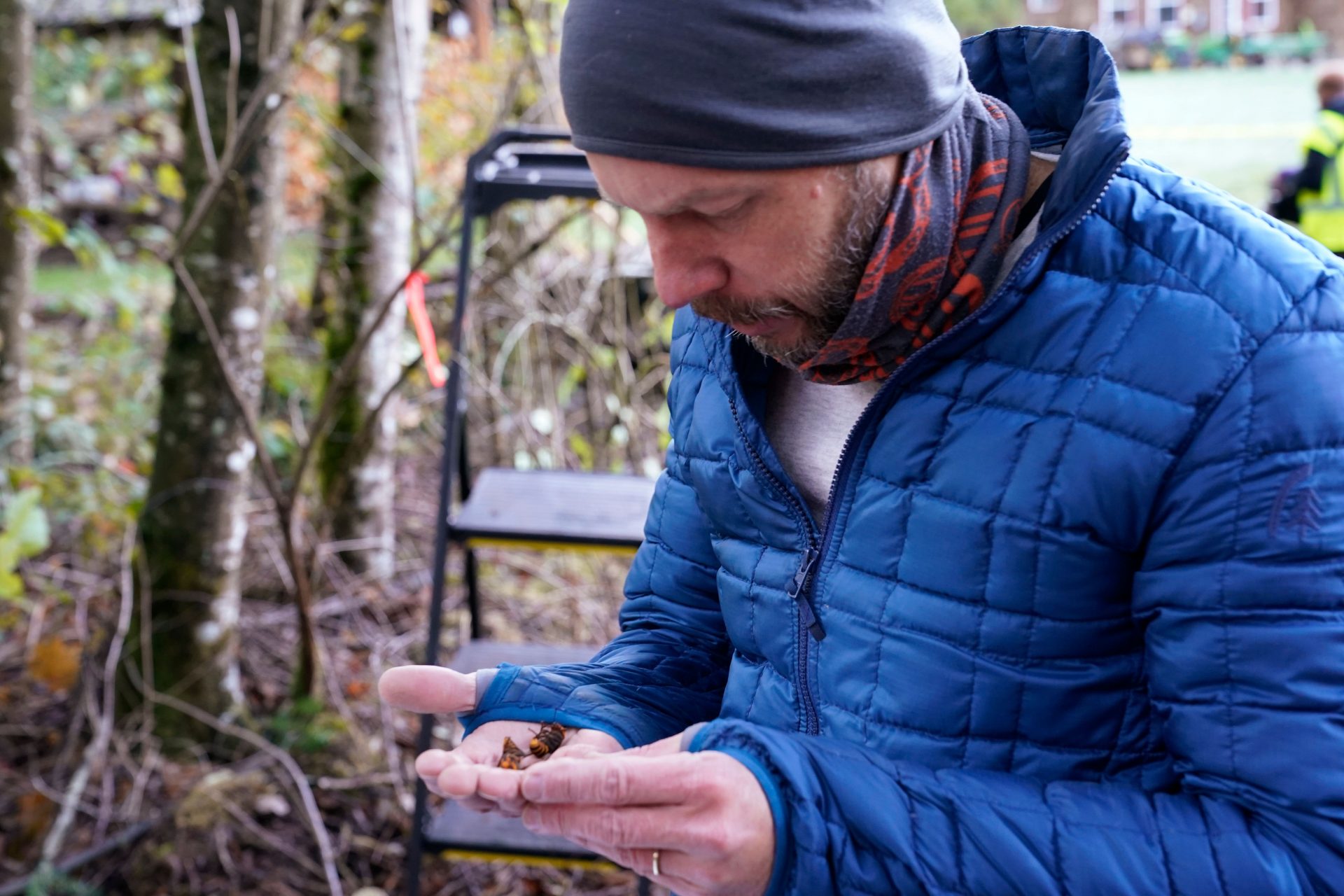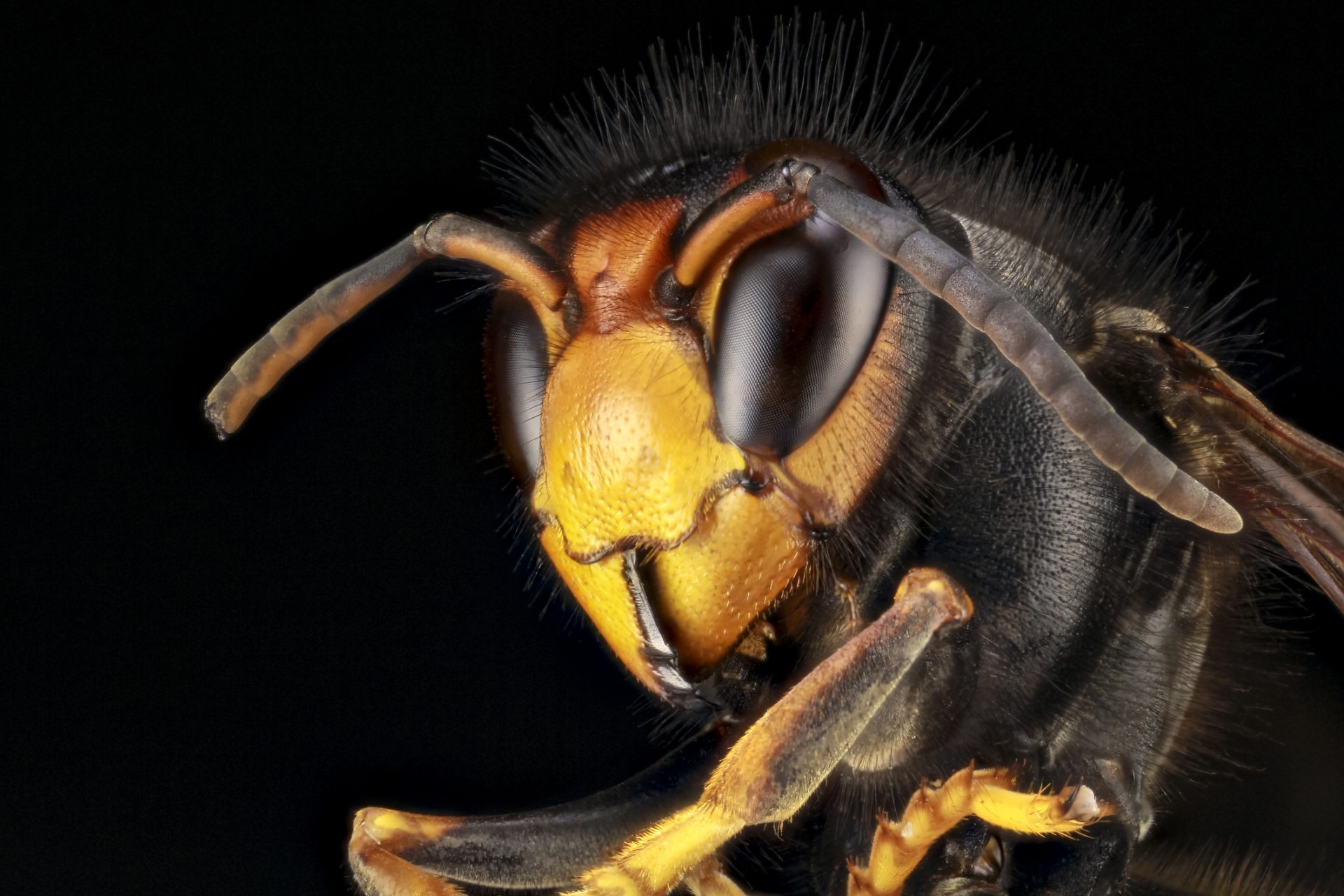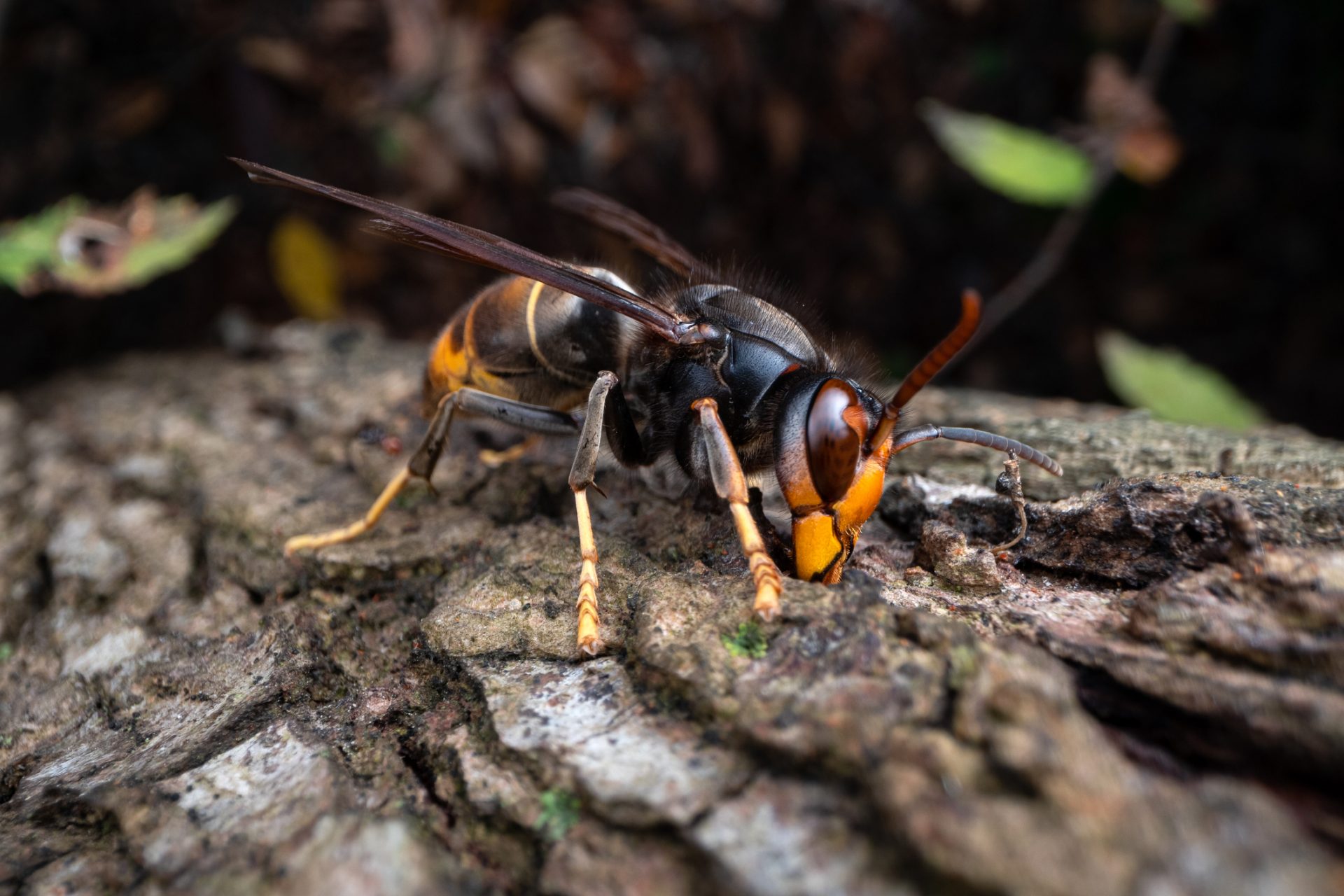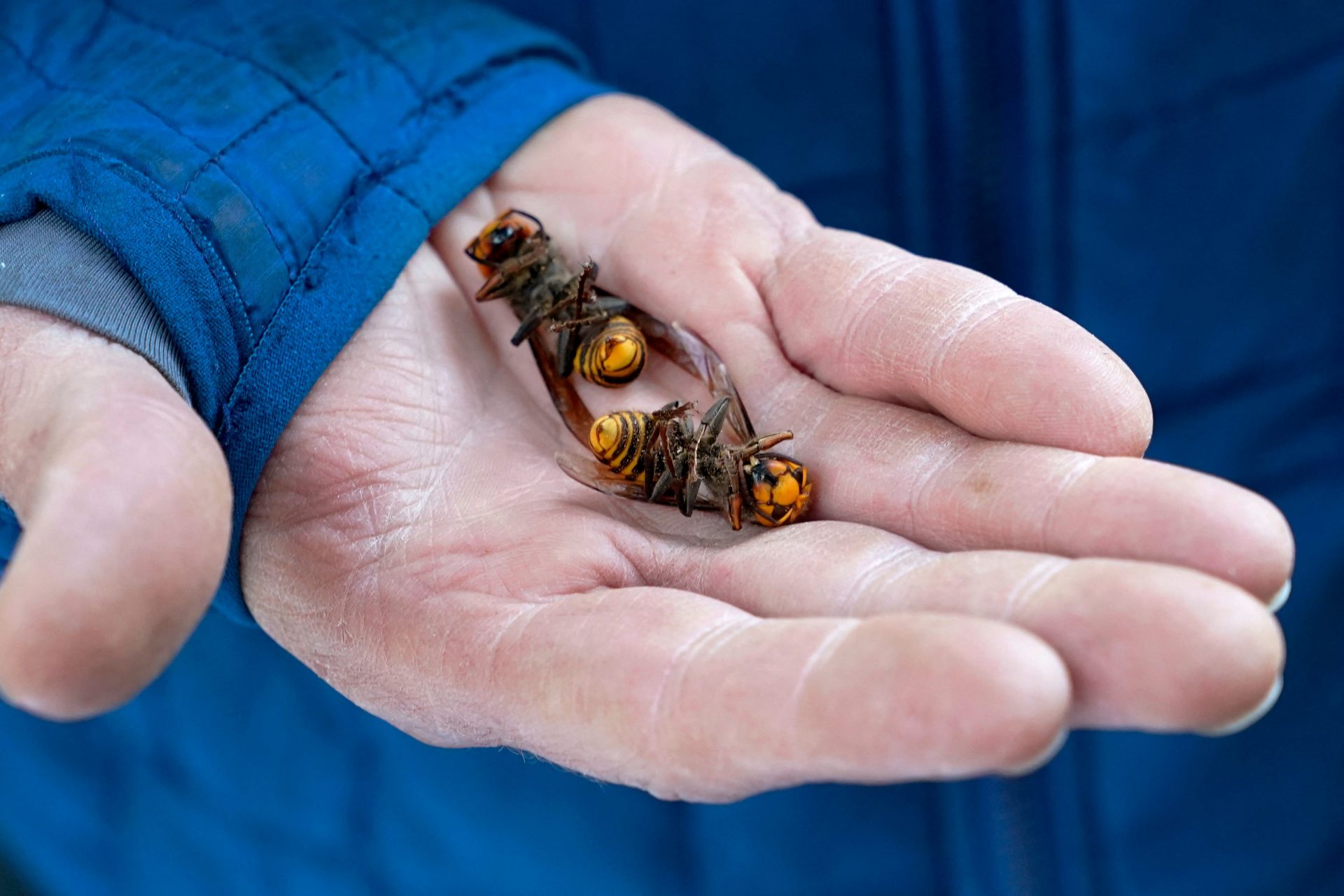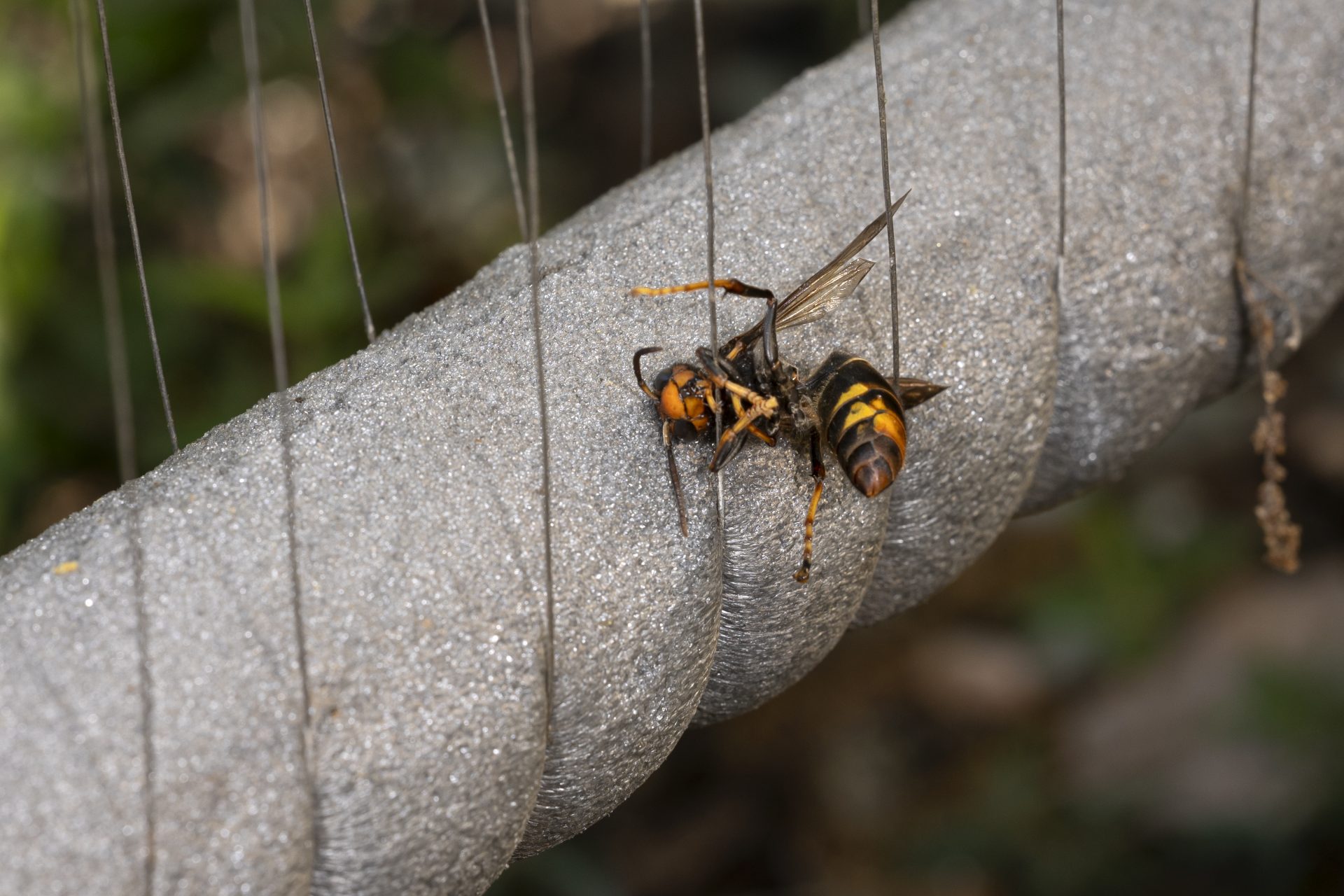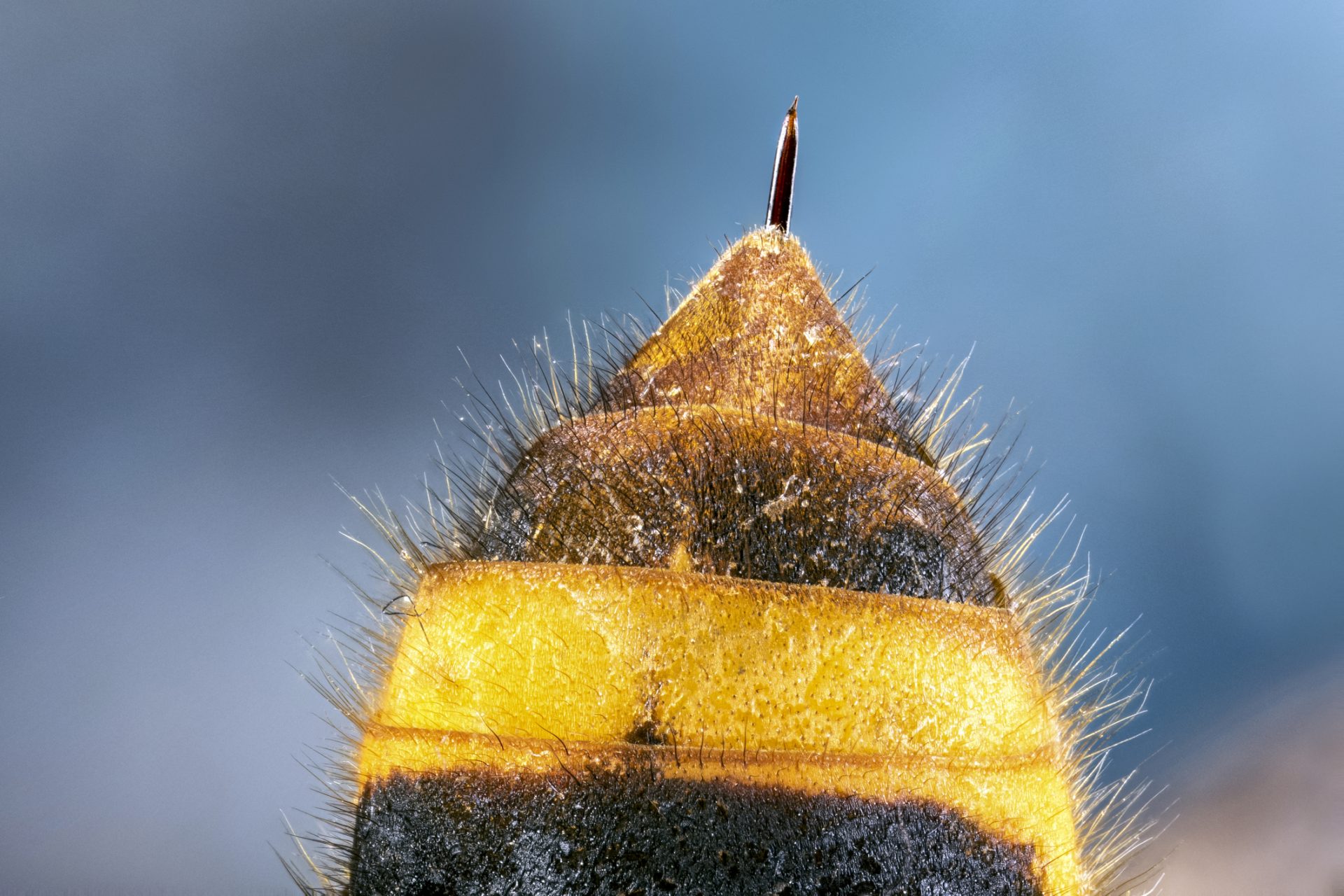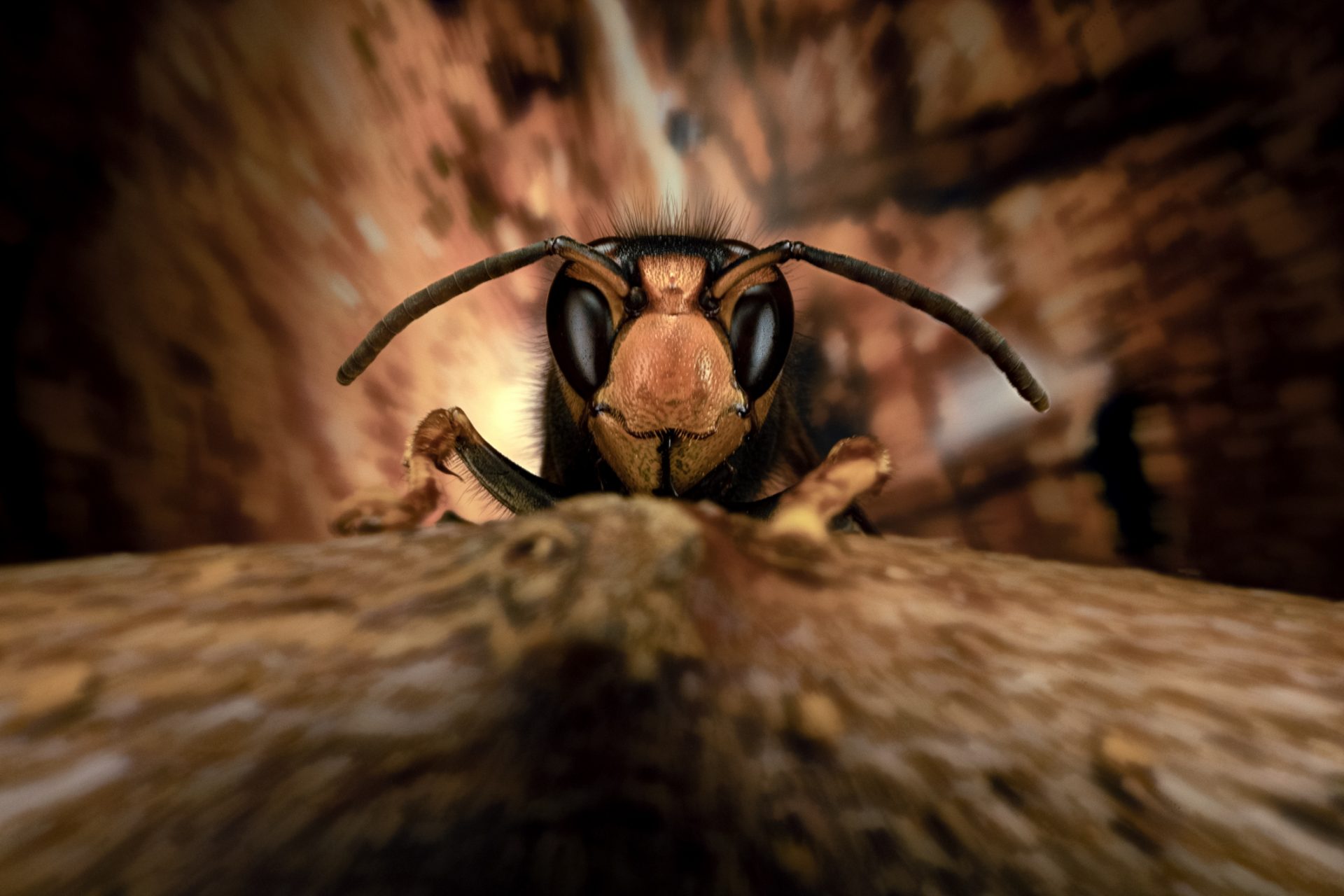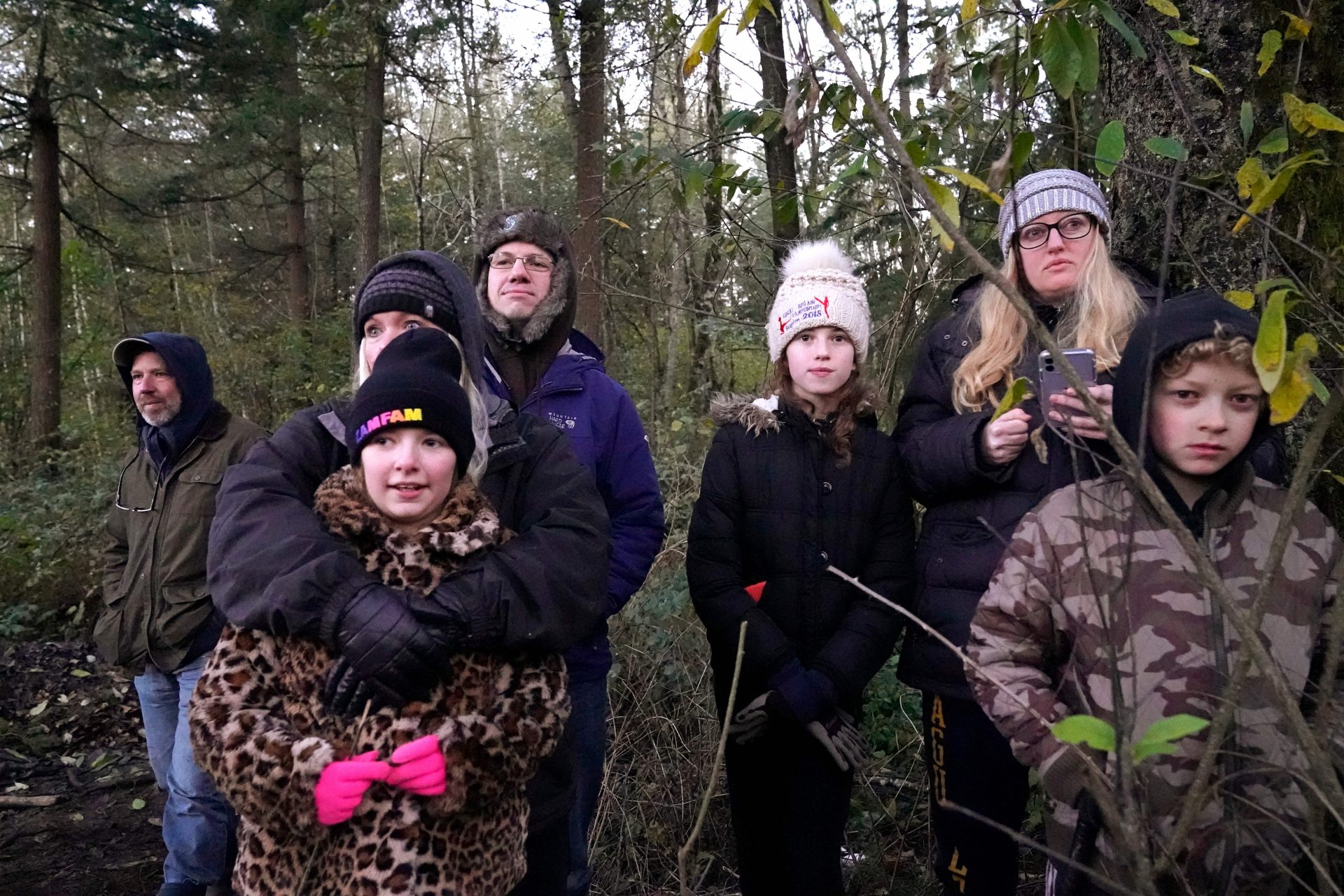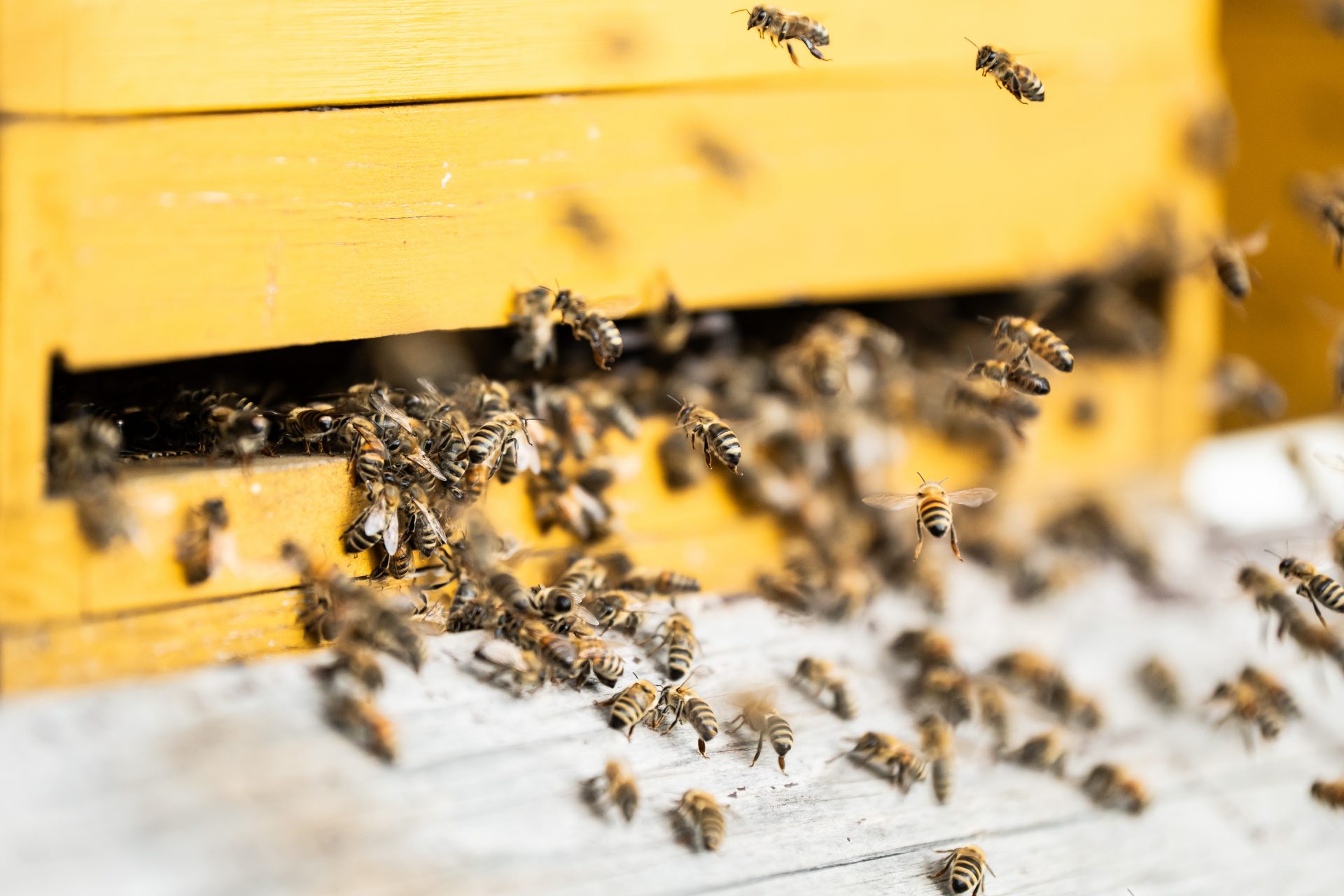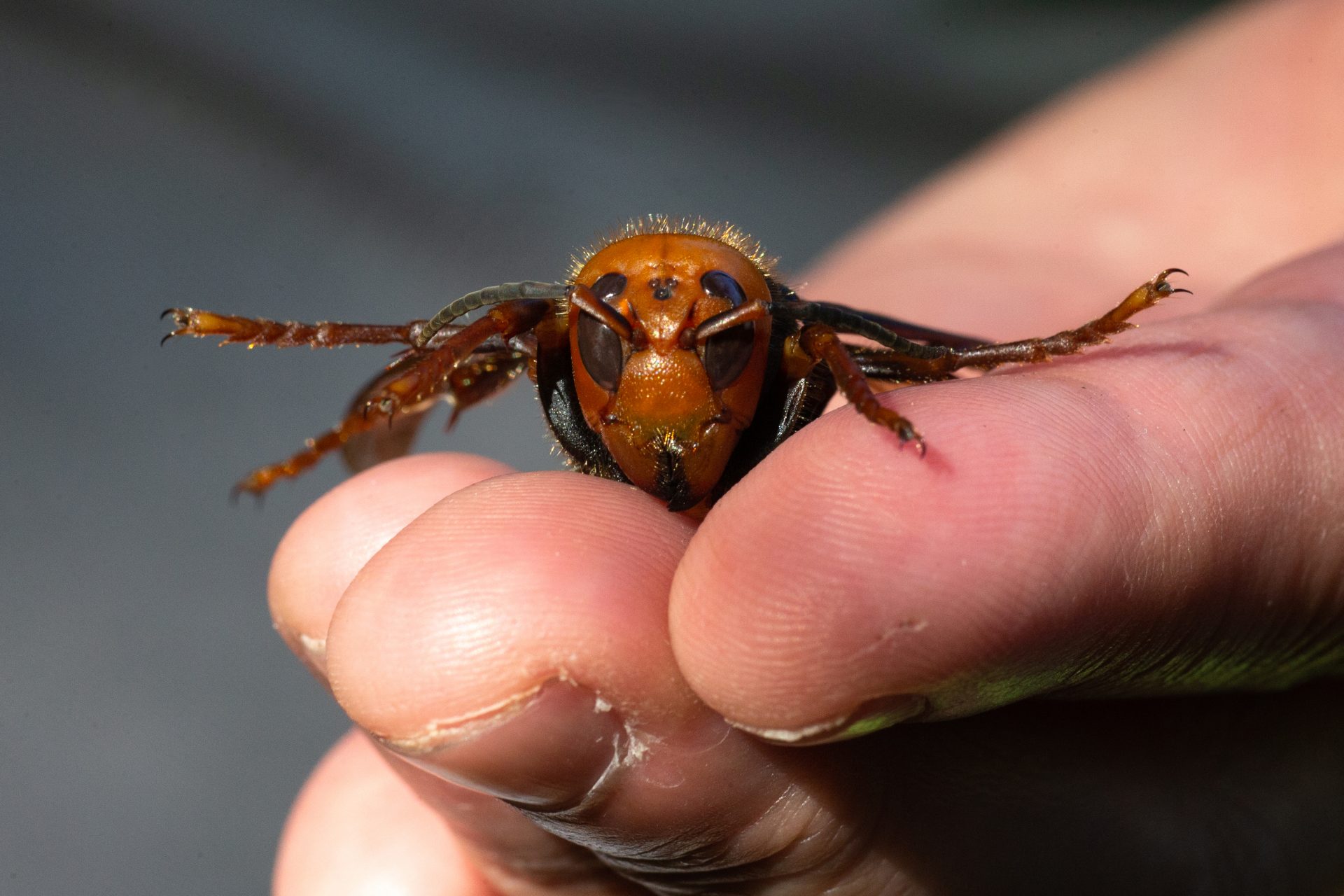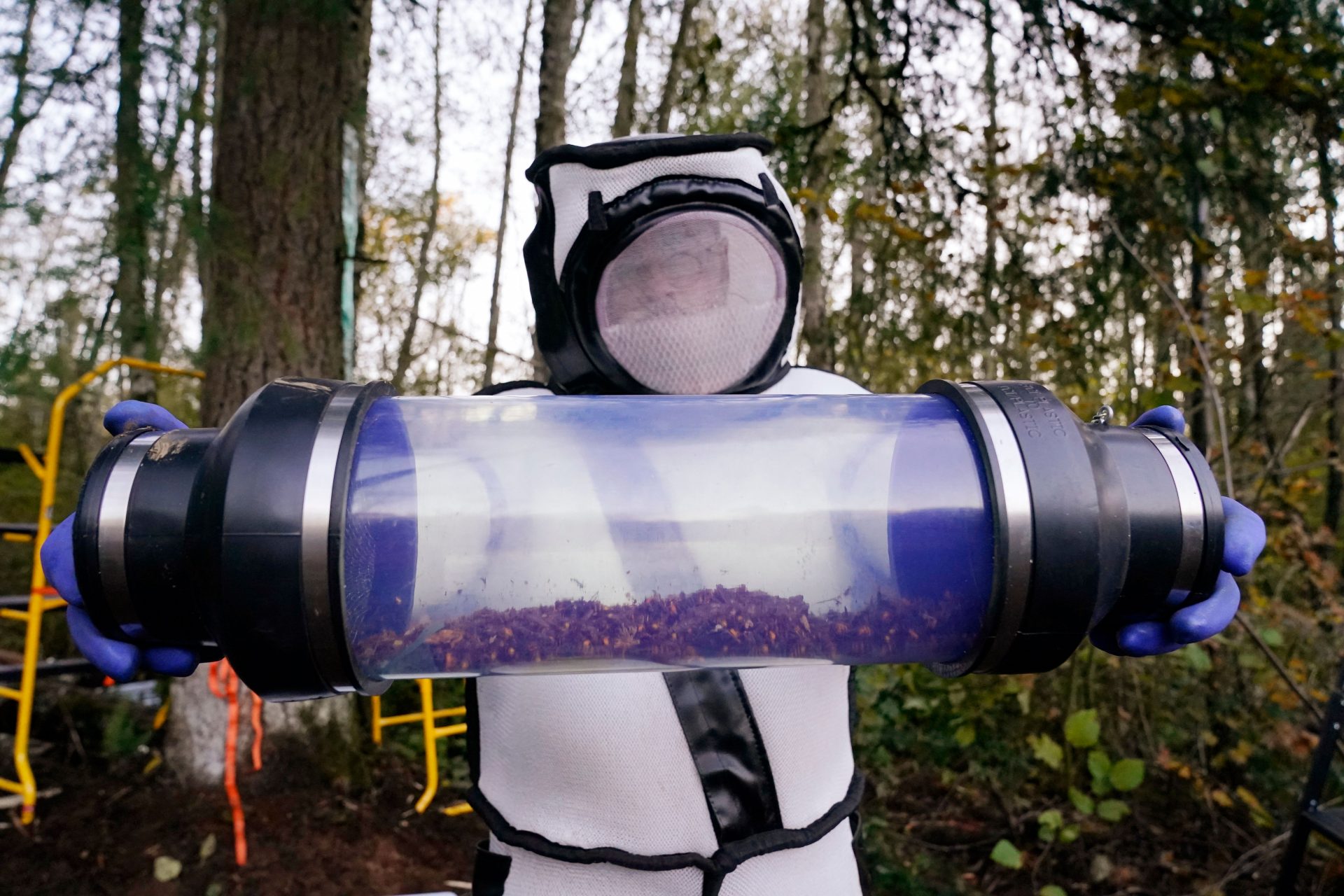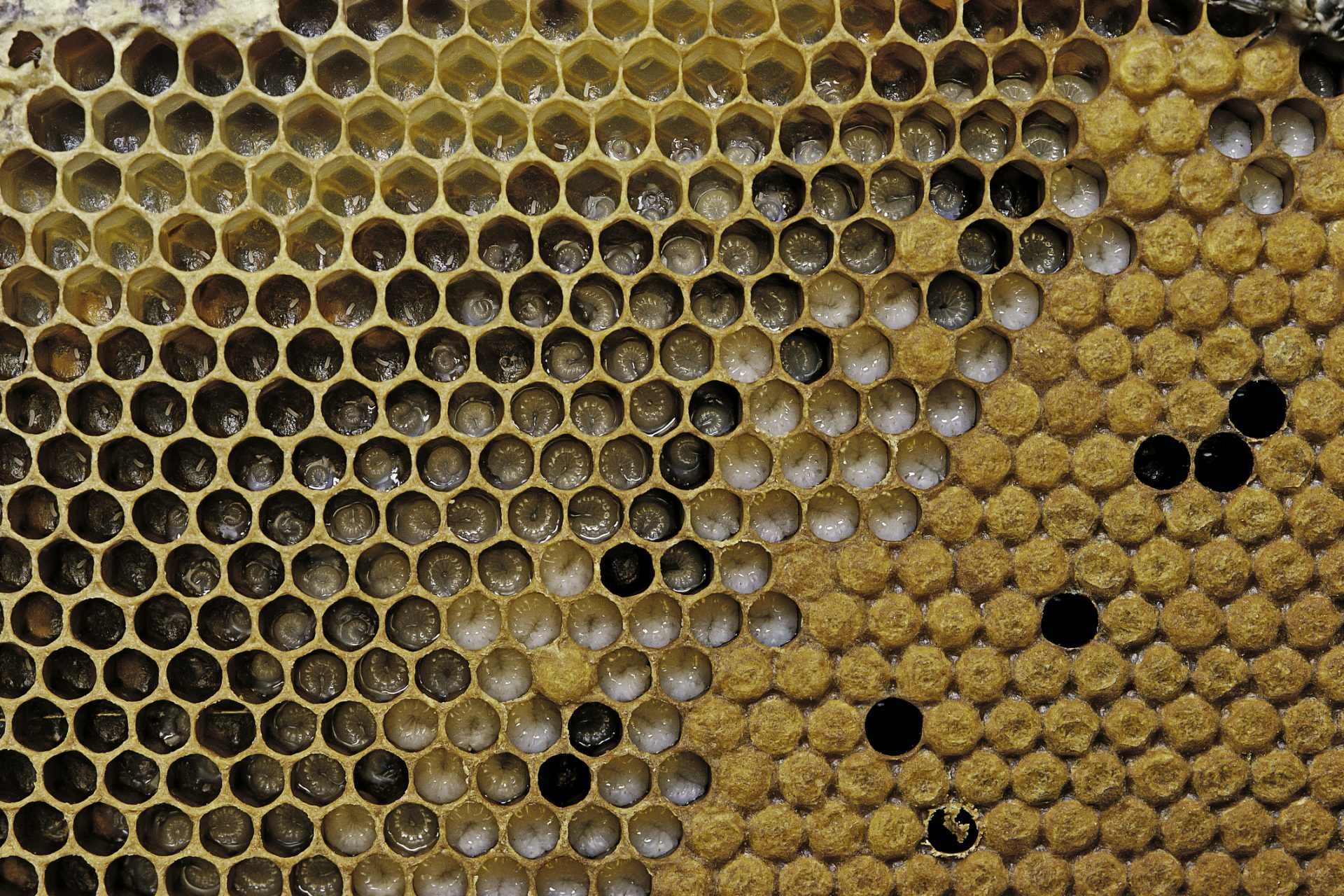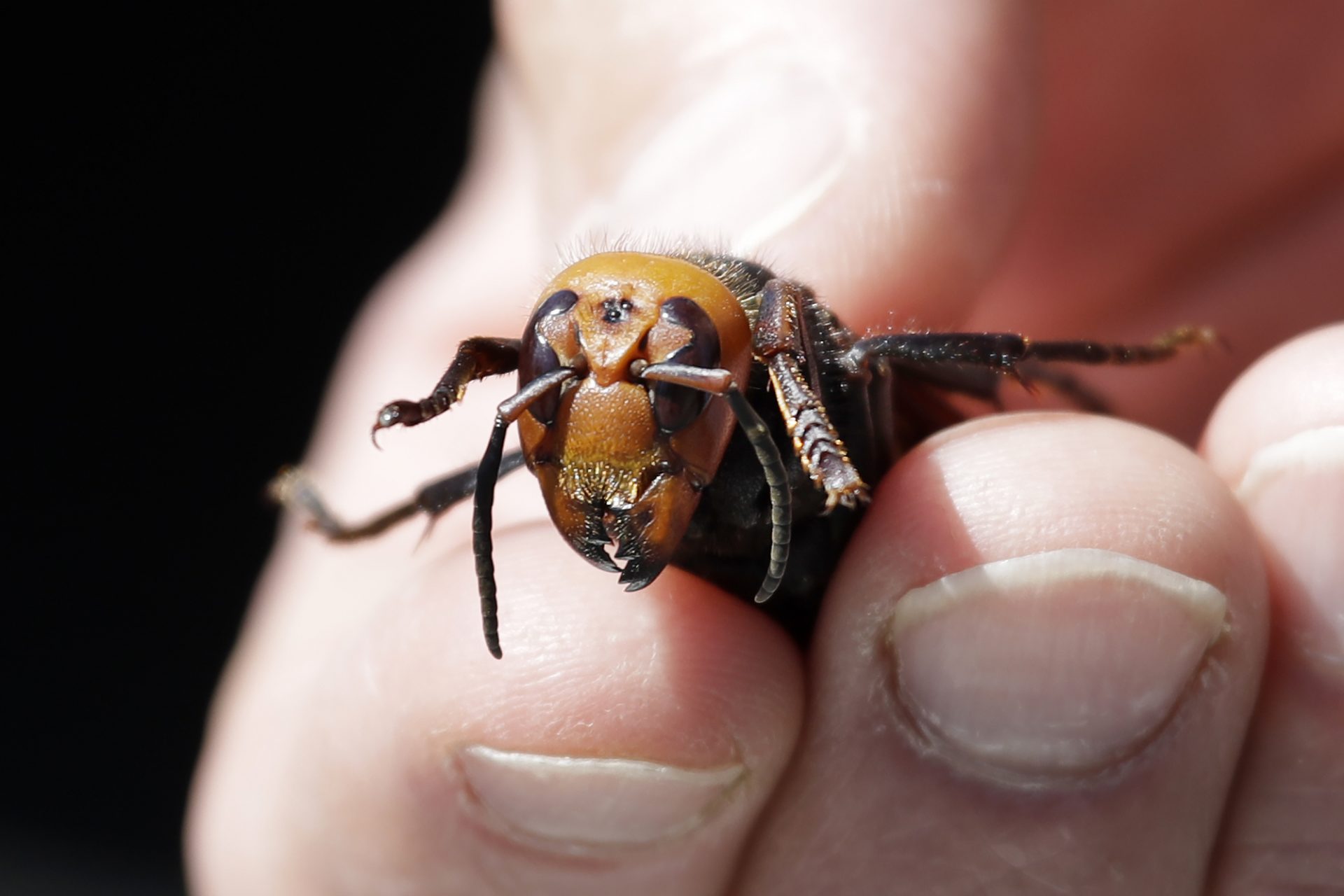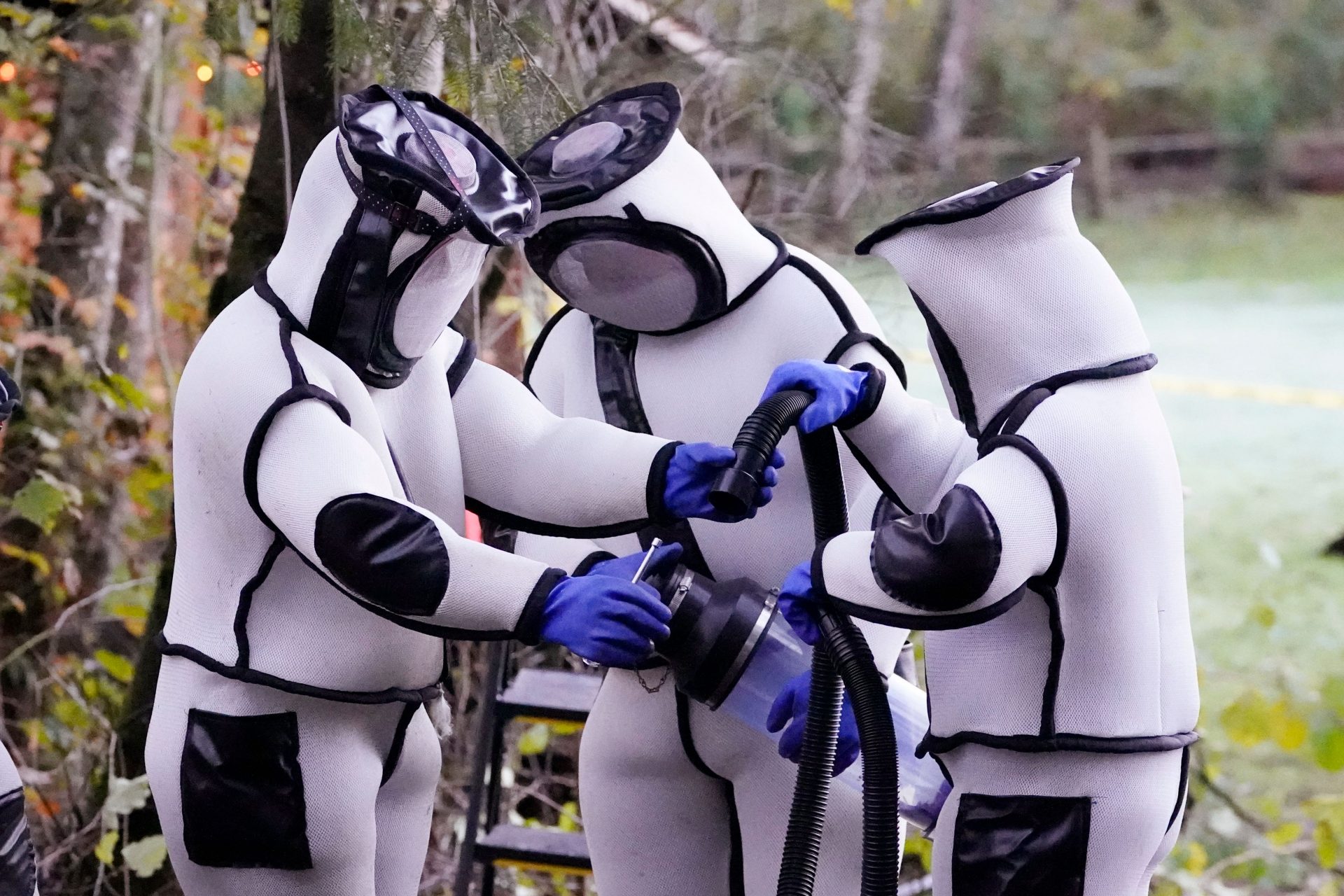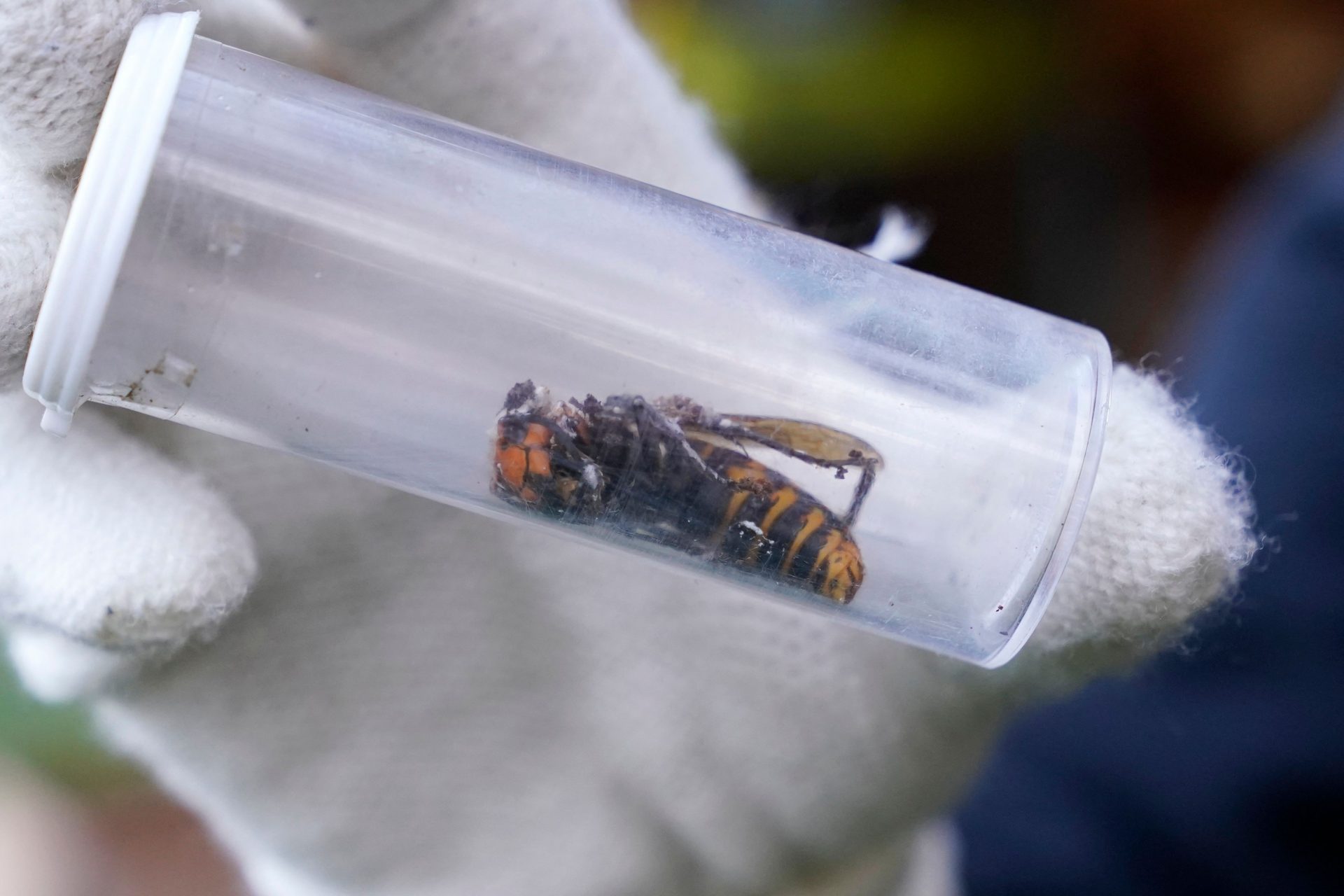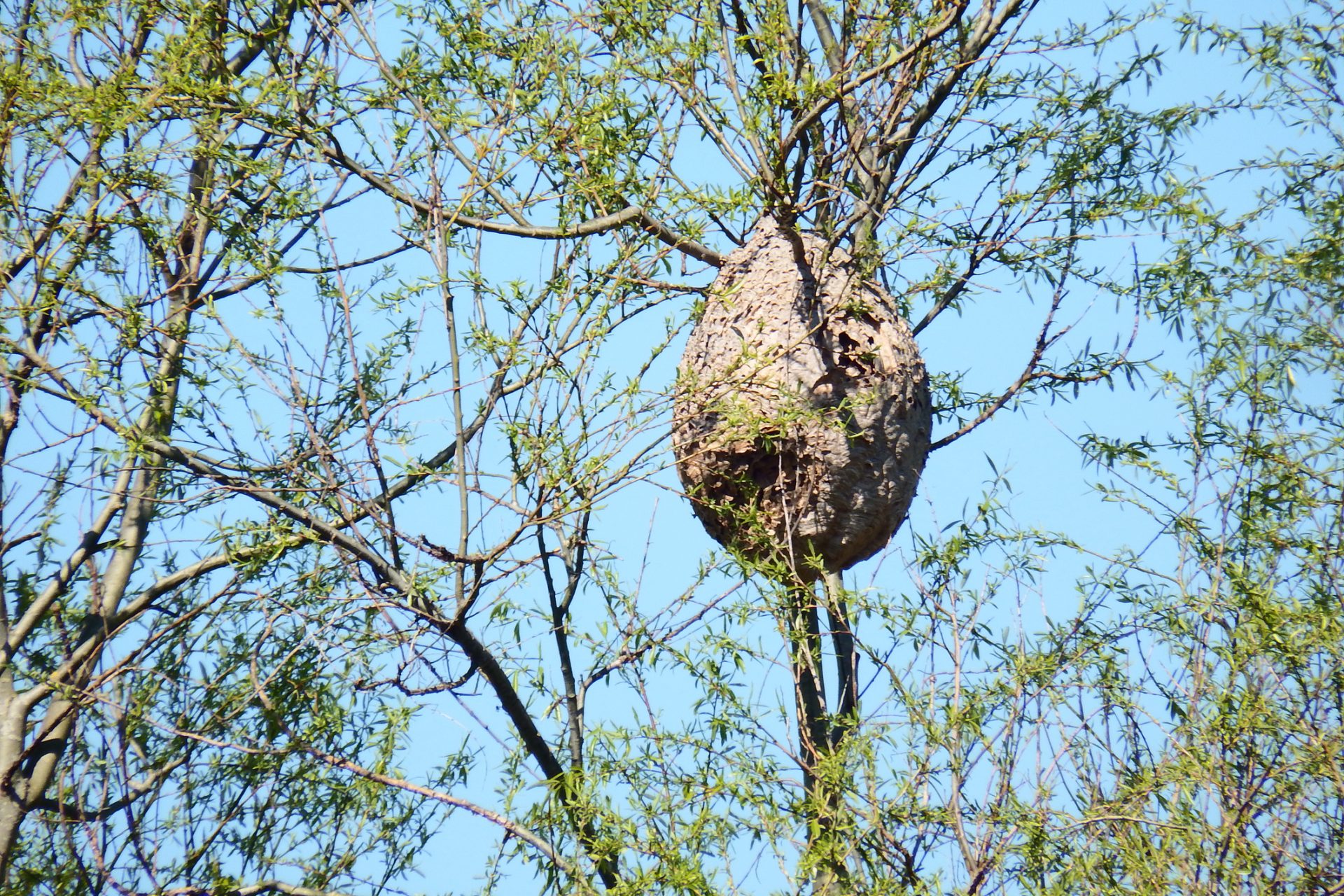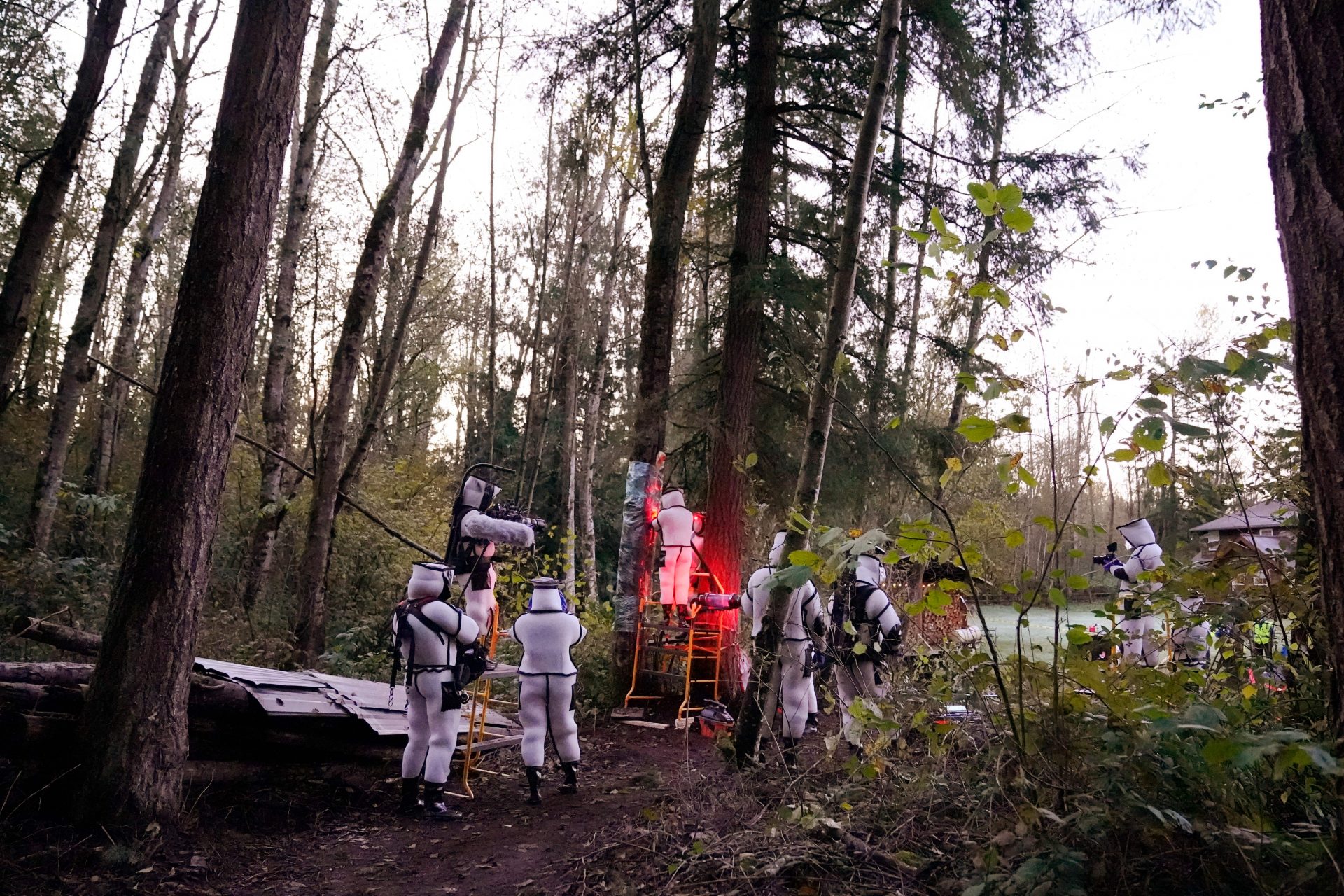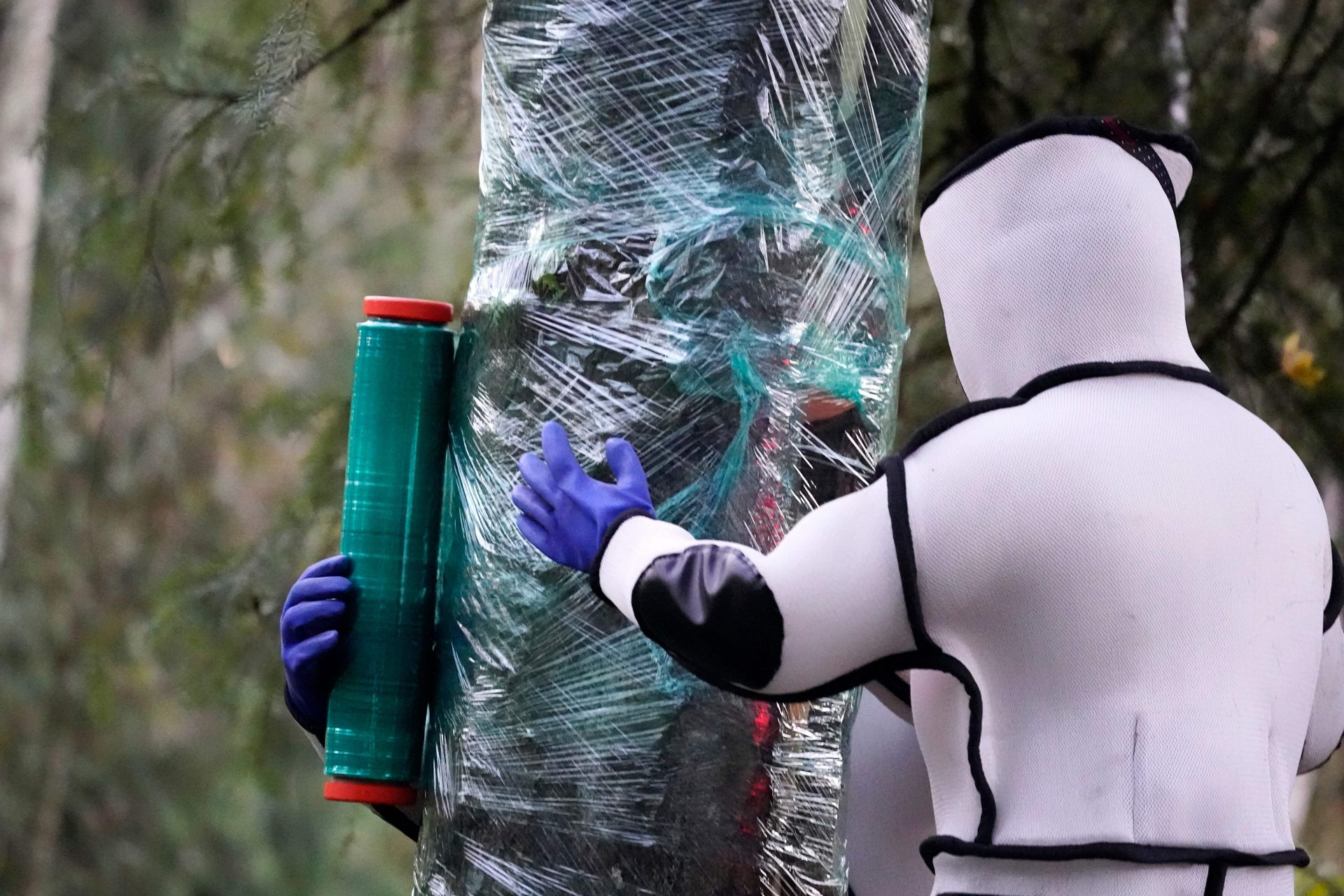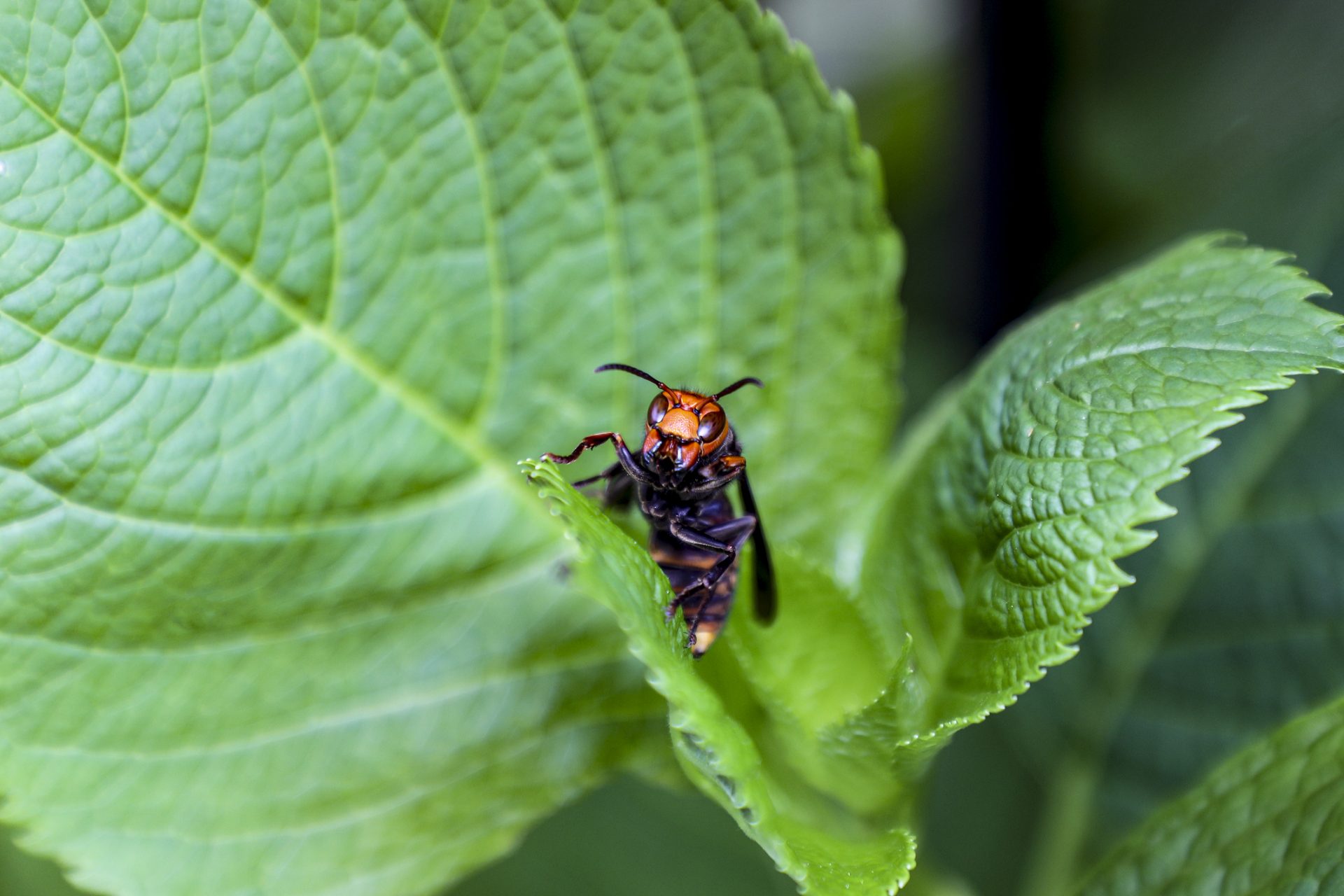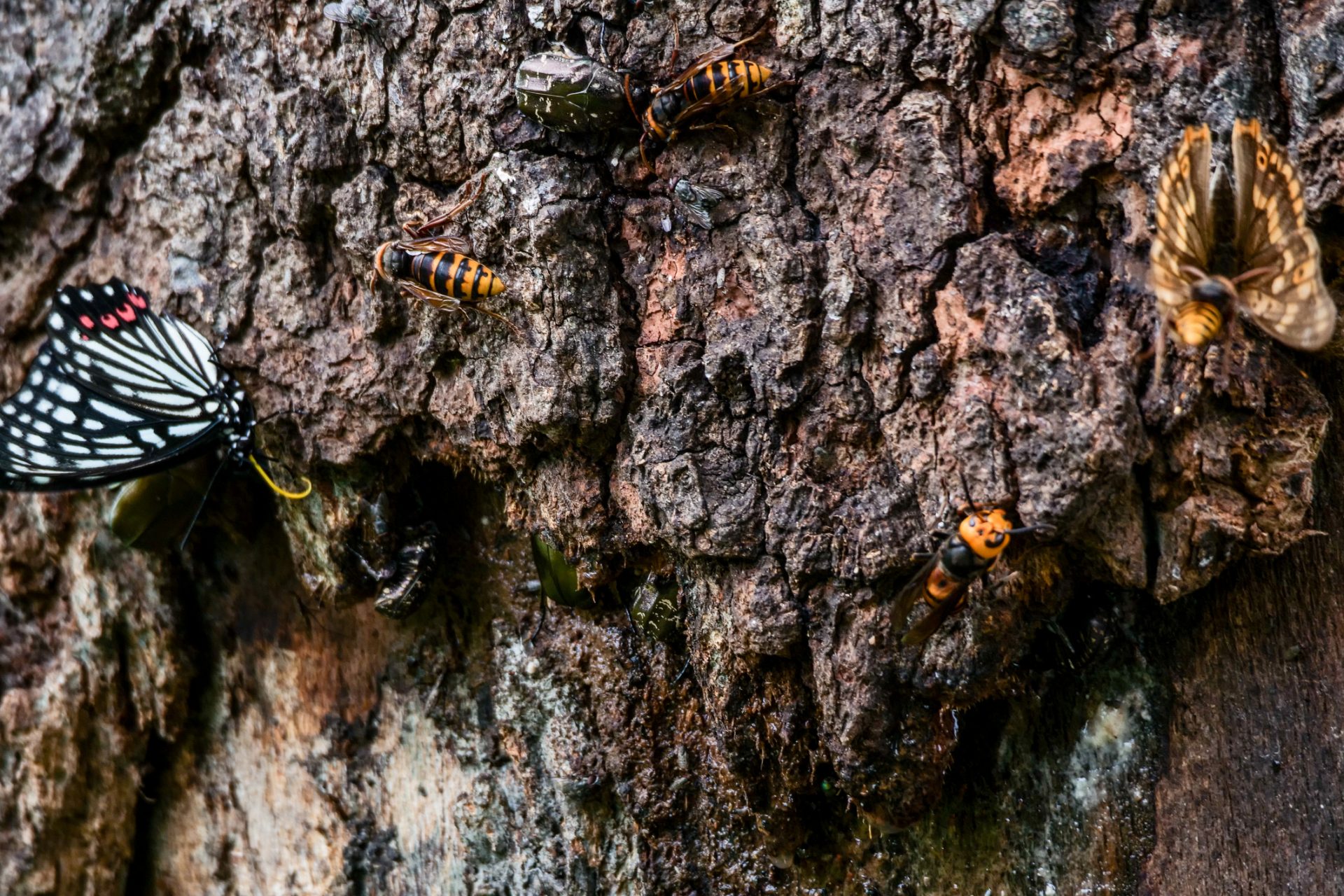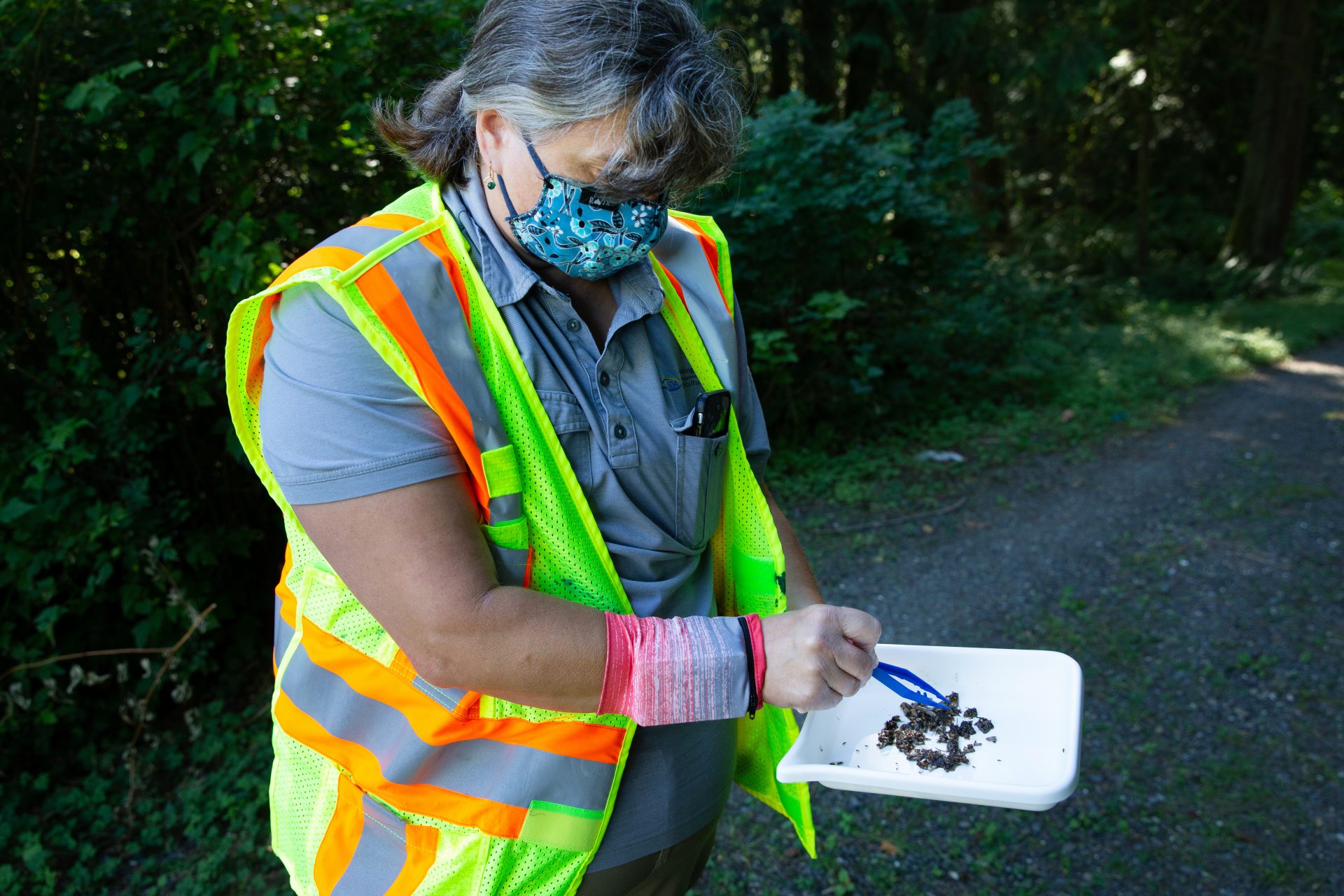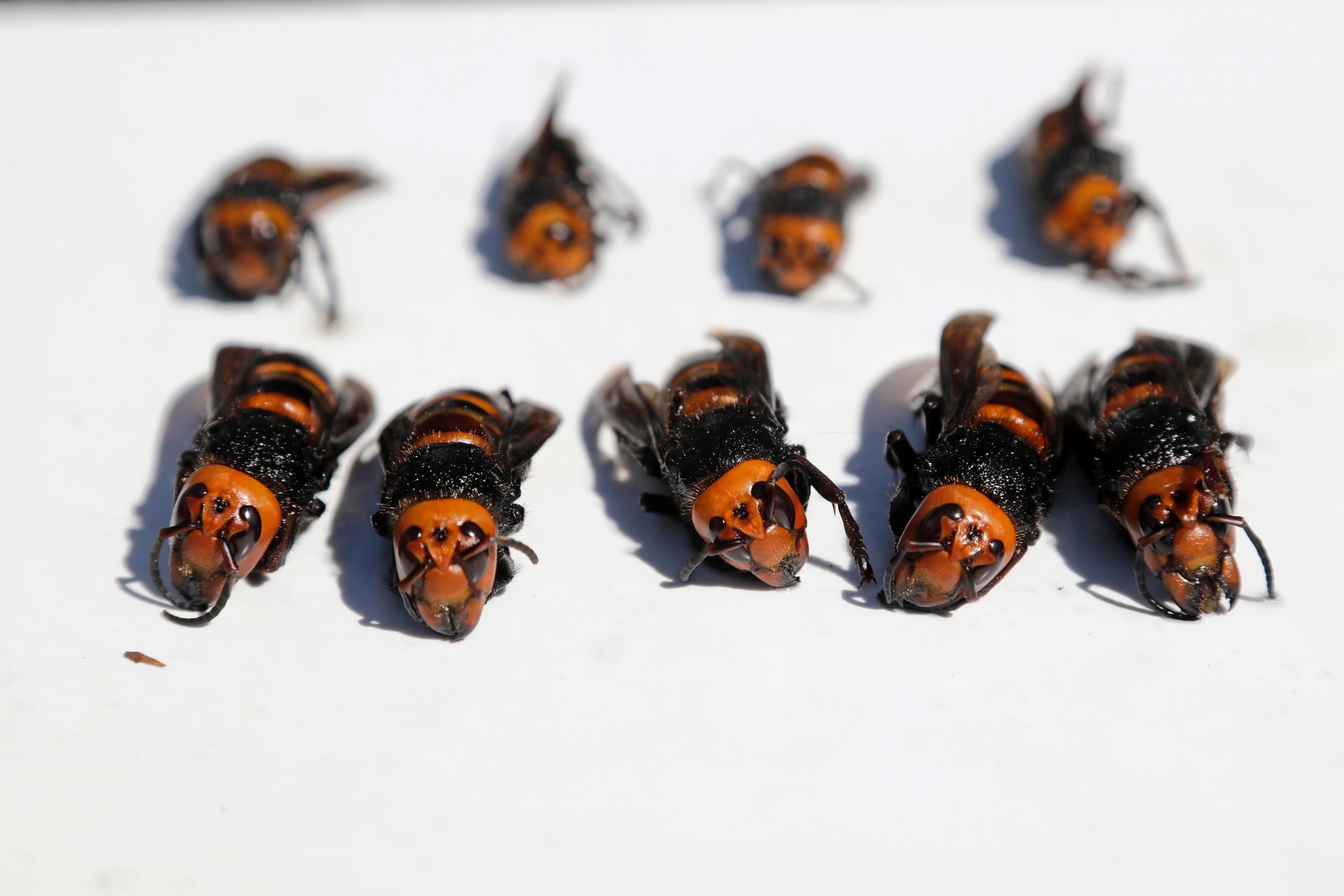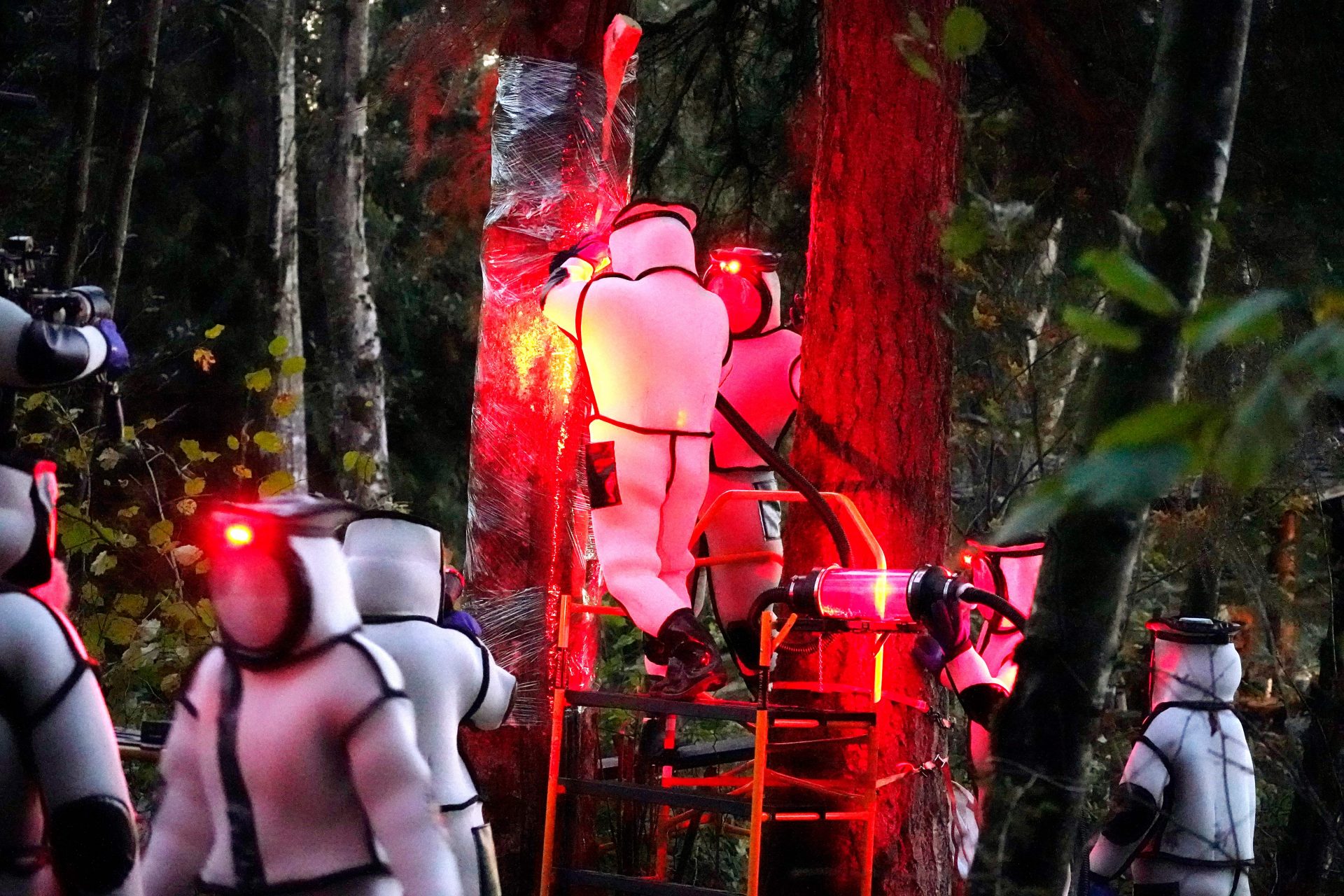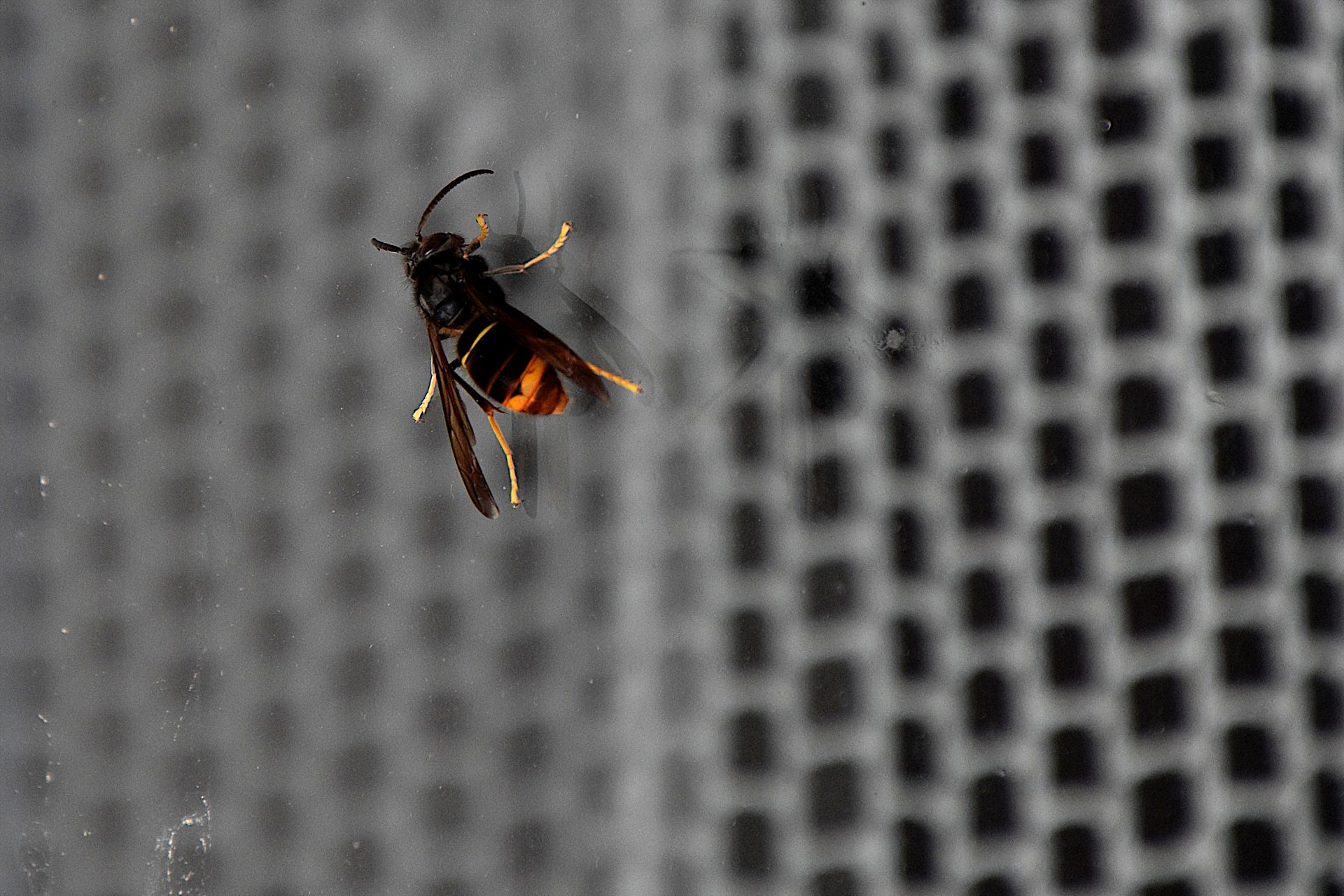The mysterious case of the Murder Hornet in North America: an update from the US
Invasive species can be a serious problem for countries throughout the world, but worries hit a new high in Canada and the U.S. when the Giant Asian Hornet made its way to North America's shores. Why was this bug so feared?
The Giant Asian Hornet is an angry-looking insect with a temper that matches its mean mug. Often better known by their terrifying nickname the 'Murder Hornet', these insects set off alarm bells when they were first spotted in North America.
Canada and the United States saw four confirmed sightings of murder hornets between August and December 2019, and media stories about the damage and danger they posed dominated news headlines at that time.
However, as fast as the worries about murder hornets began, they seemed to disappear from the public consciousness. So what happened to the murder hornets invading North America?
Before we look at what happened to murder hornets in North America, you must understand the problems the invasive species posed to the ecosystems of Canada and the United States, as well as the danger they posed to humans.
Murder hornets are also the largest hornets in the world, according to Scientific American. Female workers can grow up to four centimeters or an inch and a half in length, and they have large and devastating mandibles for biting their victims.
When it comes to interactions with humans, murder hornets are not usually aggressive. But the sting of a hornet can pack quite a punch according to National Geographic. The toxic venom of a sting is what causes severe pain, and in rare cases, death.
"An Asian giant hornet can sting you multiple times and deliver larger doses of venom just because of the size of them. The venom itself is fairly toxic and creates localized necrosis around the wound,” Washington State Agriculture Department entomologist Sven-Erik Spichiger told Reuters.
"What we're told from the literature is that most people can survive one or two stings… But if you sustain multiple stings, the necrosis and the venom will actually start getting into your bloodstream and will start working on your organs… multiple stings could literally be fatal,” Spichiger added.
Murder hornets killed 50 people in Japan in 2020, according to the New York Times. But the insects are far more deadly for a region’s local honeybee populations for one very important and worrying reason.
Honeybee populations were the most at risk from the murder hornet’s invasion of North America because of their penchant for attacking colonies and killing everything inside of them. But the murder hornet has a complicated hunting pattern.
Murder hornets like to hunt alone according to Live Science, but groups of about twenty sometimes form to launch coordinated assaults against beehives. These incidents have been labeled “slaughter attacks” for the devastation they wrought.
During a slaughter attack, murder hornets attack the adult bees defending a colony and rip them apart using their mandibles in order to destroy the hive. Up to 30,000 individual bees can be killed in an attack. But the damage doesn’t stop there.
Once most of the adults have been killed, the murder hornets turn their attention to the colony’s bee larvae and pupae, stealing them from the hive and using them to feed their own larvae back at their home colony. It’s both vicious and destructive.
Experts at the time were divided on what the arrival of the murder hornet in Canada and the United States would mean for honeybee populations. Some argued it was nothing to worry about while others thought we needed to rush to stop the invasion.
“This is our window to keep it from establishing,” Chris Looney, an entomologist with the Washington State Department of Agriculture, told the New York Times in 2020. “If we can’t do it in the next couple of years, it probably can’t be done.”
The first sighting of a murder hornet occurred in August 2019 in Canada on Vancouver Island and the nest was subsequently destroyed according to a timeline of sightings that was put together by Wikipedia on its page about the murder hornet.
Murder hornet sightings were confirmed in Blaine, Washington in September 2019 and more sightings eventually led officials to discover the murder hornet’s nest 2.5 meters or 8.3 feet off the ground, hanging from a branch on a tree in Blaine.
The Blaine nest was destroyed but sightings kept being confirmed. A second nest was found in Whatcom County just 2.5 miles or 3.2 kilometers from the Blaine nest in August 2021, another was discovered near the first two in September, and a third east of Blaine.
All nests were eradicated, and in the years since, there haven’t been any more sightings of murder hornets. In December 2023, the Washington State Department of Agriculture said there were no sightings in 2022 or 2023. If none were sighted by 2024 they would be considered eradicated.
“While we appear to be heading in the right direction, there is still work to be done to make sure these hornets have not established here,” Greg Haubrich, Washington State Department of Agriculture's Plant Protection Assistant Director, explained in a press release.
“It is possible the hornets could be out there. We still need the community’s continued support to report suspected sightings and participate in our citizen science trapping program next year.” Haubrich added.
On December 19th, 2024, the U.S. Department of Agriculture and the Washington State Department of Agriculture announced in a joint statement that the murder hornet had been eradicated from the United States.
“We’re pleased to announce the eradication of the northern giant hornet in Washington state,” Derek Sandison, Director of the Washington State Department of Agriculture explained according to a press release from the department.
"I’m incredibly proud of our team, which has dedicated years of hard work to safeguarding our state and the nation from this invasive threat to our native pollinators and agriculture. I’d also like to acknowledge the federal, state, and local support that made this feat possible. This success is the result of our combined efforts," Sandison added.
Following the US announcement, officials in British Columbia revealed that the province was free of murder hornets as well according to CBC News.
More for you
Top Stories



